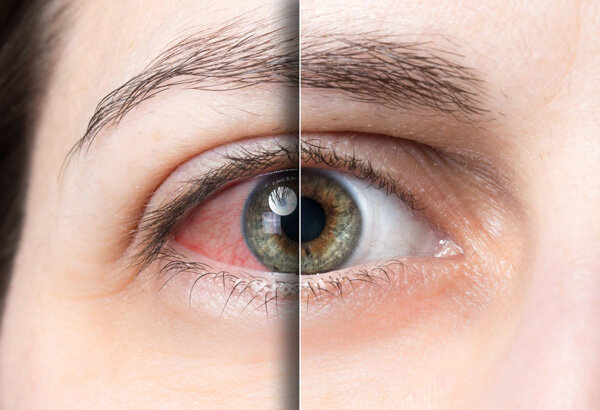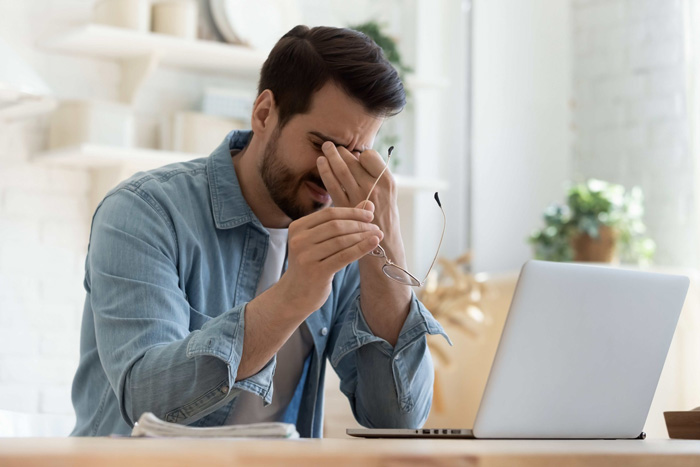Dry Eye Doctors
in Missouri
Dry eye disease is an extremely common but uncomfortable condition that can leave your eyes feeling itchy, dried out, and sore. While many may consider dry eye just another part of life, you don’t have to suffer through its symptoms: Missouri Eye Consultants can offer you dry eye treatment for long-lasting relief that gets right to the root cause of your condition.

What is Dry Eye?
Tears keep your eyes hydrated. Dry eye disease occurs when your eyes are either producing low-quality tears or not enough tears. This is often due to inefficiency in the meibomian glands in your eyelid. These are the glands that produce oil that keeps your tears from drying out. Though the underlying cause of each person’s dry eye may be different, the symptoms are similar. Our dry eye doctors can approach each case with years of experience from treating your neighbors and state-of-the-art diagnostics and solutions.
Symptoms of Dry Eye
- Dry, irritated, or scratchy eyes
- Red or bloodshot eyes
- Light sensitivity
- Trouble seeing or driving at night
- Blurry vision
- A stinging mucus in your eyes

Why Choose Missouri Eye Consultants for Dry Eye?
Anytime you visit Missouri Eye Consultants, you’ll be treated by a local team of experts who always take the time to learn about you — and, if you have dry eye, how it has affected your quality of life. Using our advanced diagnostic technology, we’ll examine your eyes to determine what is causing your dry eye and prescribe one of a number of dry eye treatments to give you meaningful relief.
Dry Eye Treatment Options
After assessing your eyes, our doctors will provide one, or a combination, of these treatments:
- Artificial tears: over-the-counter artificial tears quickly provide hydration for your eyes, relieving uncomfortable symptoms.
- Eyelid hygiene and masks: warm compresses and specialty wipes keep your eye area clean and prevent some forms of dry eye.
- Prescription eye drops: stronger than artificial tears, these provide powerful relief for more severe dry eye cases.
- Punctal plugs: microscopic devices placed into the tear ducts, these slow drainage to help your eyes retain a tear film.
- Other in-office treatments: depending on the cause of your dry eye, we can treat your condition with high-tech devices on-site for the most effective management.
Testimonials
7 Convenient Locations for Dry Eye Treatment
Columbia (Keene St.)
500 N Keene St Suite 103
Columbia, MO 65201
(573) 874-2030
Call usCall Now
Hours of Operation
Columbia on Nifong
900 W Nifong Blvd Suite 125
Columbia, MO 65203
(573) 874-2030
Call UsCall Now
Hours of Operation
